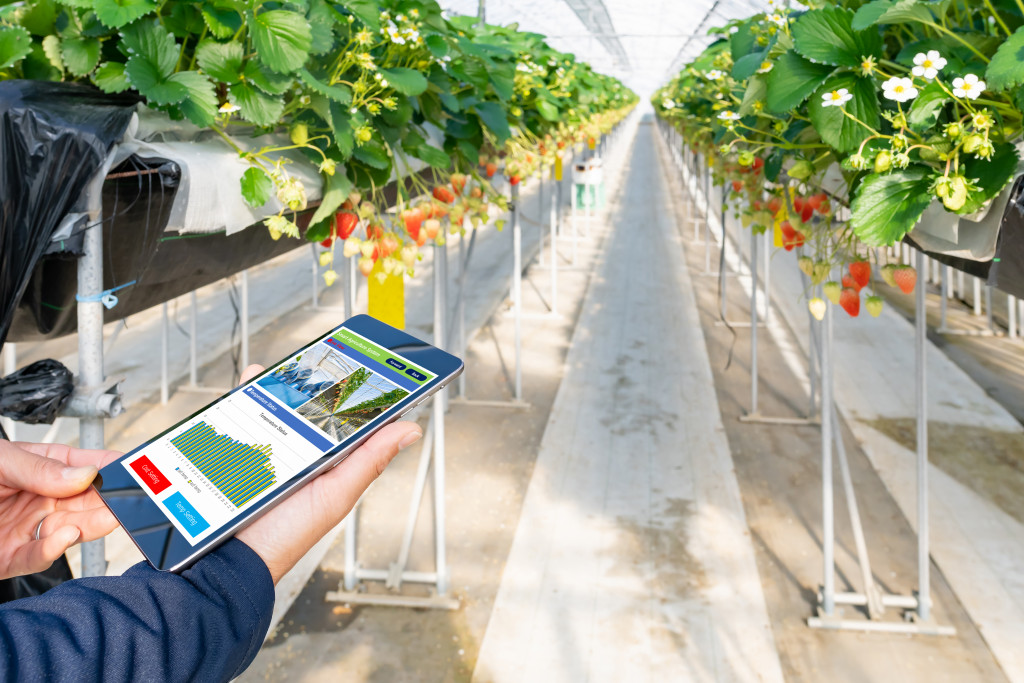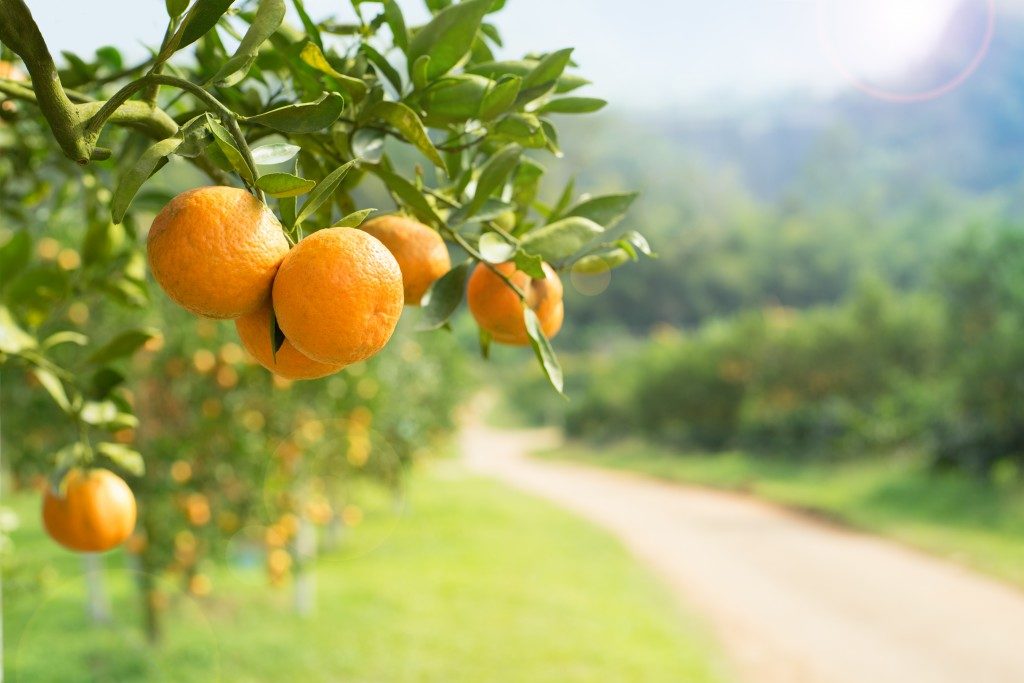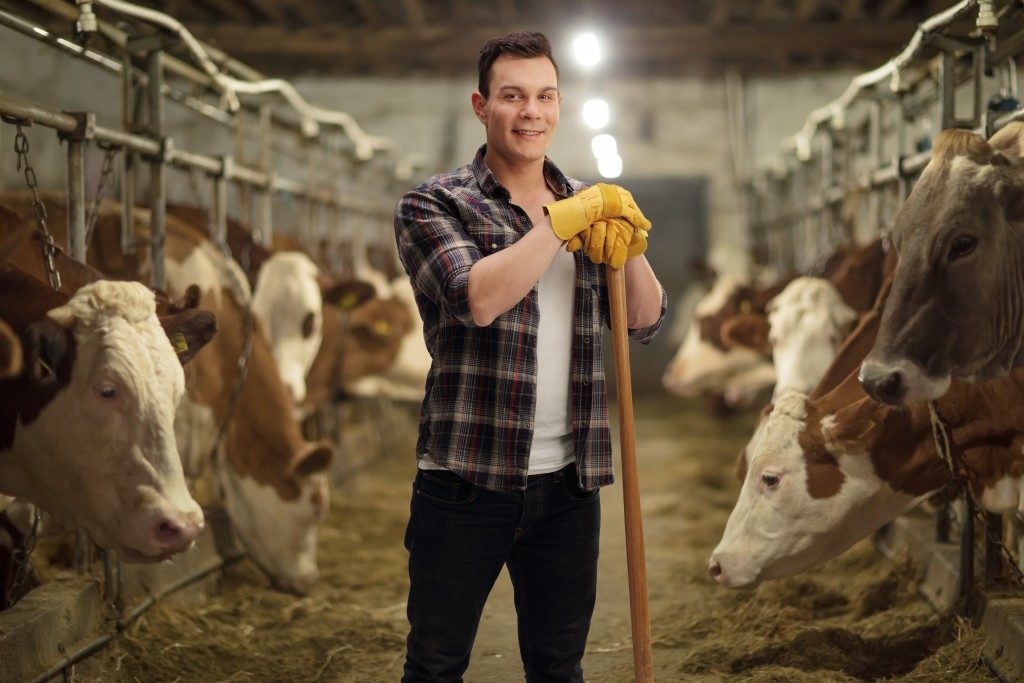Agriculture has been around for centuries, and the way people farm has changed a lot over that period. Today, many farmers use modern practices to improve their yields and protect the environment. And like most industries, agriculture is adapting to the changing needs of our society.
If you want to know more about how agriculture is changing, here are some of the most critical ways that modern agriculture is impacting the landscape:
Precision agriculture
Precision agriculture is a term that describes the use of technology to improve the efficiency of agricultural production. Farmers use precision agriculture techniques to manage their crops, soils, and water resources. It allows them to maximize their yields and reduce the environmental impact of their farming operations.
One fundamental approach in precision agriculture uses sensors, data analytics, and other technology to create detailed maps of crop fields. With this information, farmers can identify differences in soil conditions or microclimates within a single area, allowing them to apply different treatments accordingly.
Another approach to precision agriculture involves using artificial intelligence and machine learning to make better management decisions about growing practices, crop rotation, and water usage. Together, these precision agriculture techniques are helping farmers increase their yields, reduce waste, and become more sustainable in their operations.
Drone technology
Drone technology is becoming increasingly important in agriculture. Farmers use these instruments to map their fields, track crop growth, and identify pests or diseases. It allows them to make better decisions about managing their crops and improving their yields.
Drones can also help farmers survey their land, assess soil conditions, and plan for irrigation. This information is critical for farmers who want to be as efficient and sustainable as possible.
Unlike other technology, there are batteries for drones and memory cards. It should be able to hold its weight for about an hour, which is the average time it takes to survey a field. So, this technology is making significant strides in improving agricultural practices.
Environmental impact
As agriculture becomes more modernized, there is a greater focus on the environmental impact of farming operations. Farmers use technology to minimize their impact on the land, water, and air.
For example, some farmers are using GPS-guided tractors to reduce soil erosion. Other farmers use cover crops and no-till farming techniques to improve soil health. And still, other farmers are using new irrigation techniques, like drip irrigation and water recycling, to reduce the amount of water they need for their crops.
Additionally, many farmers adopt sustainable practices that are better for the environment. It includes reducing pesticide use and switching to organic farming methods. Overall, modern agriculture is helping farmers be more eco-friendly while still producing healthy crops and improving yields.

Livestock farming
As modern agriculture evolves, there is also a growing focus on livestock farming. Today, many farmers raise their animals using sustainable practices better for the environment and the animals themselves.
One example is cage-free livestock farming. This approach involves keeping chickens in a large indoor barn rather than cages. The goal is to reduce animal stress, improve animal welfare, and decrease instances of disease.
Other livestock farmers are focused on raising grass-fed animals that live outdoors and have more natural diets. This approach helps promote healthier animals while reducing reliance on antibiotics and hormones. In general, livestock farming is becoming more holistic and mindful of the needs of its animals and the land it is raised on.
Greenhouse technology
In addition to traditional farming methods, many farmers turn to greenhouse technology for their crops. Greenhouses can help reduce the use of pesticides and improve crop yields.
One example is hydroponic systems, which use water instead of soil to grow plants. This approach allows farmers to grow more food per square foot than traditional agriculture methods. Additionally, it cuts down on water usage and the need for pesticides.
Aeroponics is another type of greenhouse technology that uses mist or fog to deliver nutrients to plants. This system is even more efficient than hydroponics because it requires less water and no soil.
Overall, greenhouse technology is helping farmers grow food more efficiently and sustainably while also reducing their environmental impact. Whether they adopt hydroponic or aeroponic systems, farmers use this technology to their advantage and benefit from its many benefits.
The future of agriculture is rapidly evolving as farmers continue to adopt new technologies and practices to improve their yields, protect the environment, and meet society’s changing needs. Whether using devices, precision agriculture, eco-friendly initiatives, or other innovative approaches in livestock and greenhouse, farmers are at the forefront of this change. And by continuing to explore these modern techniques they will help ensure a bright future for agriculture.



